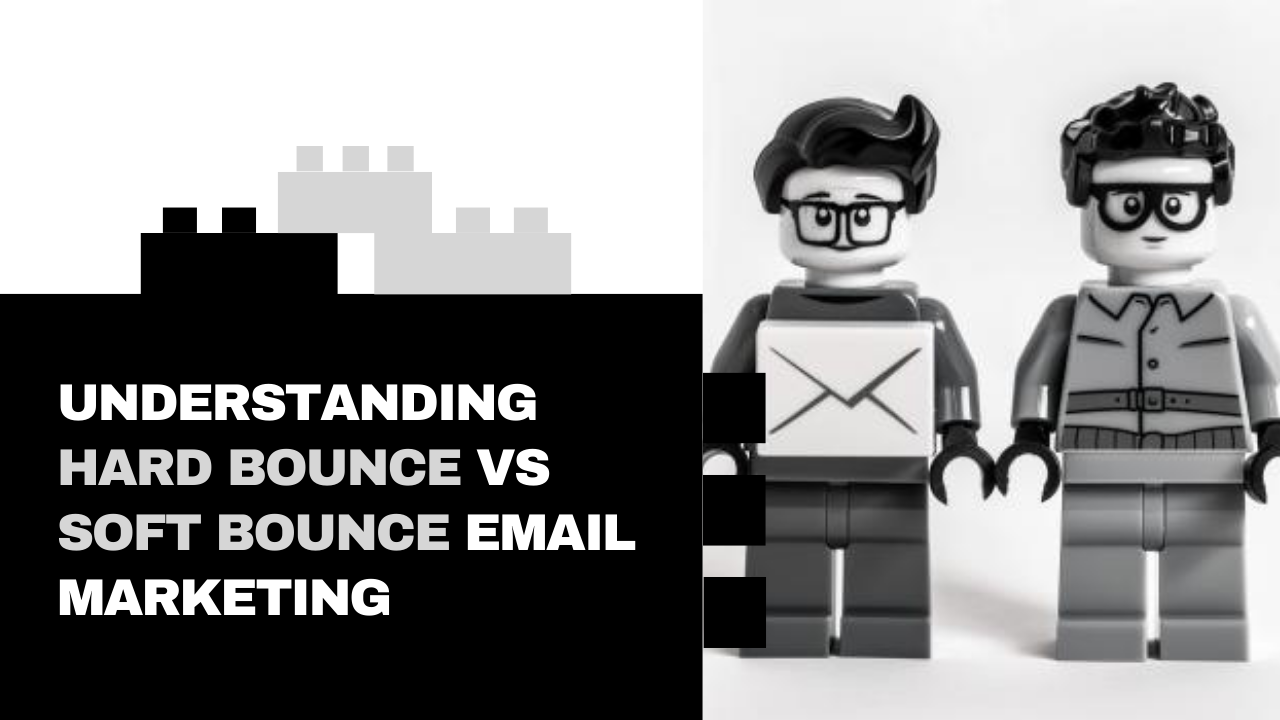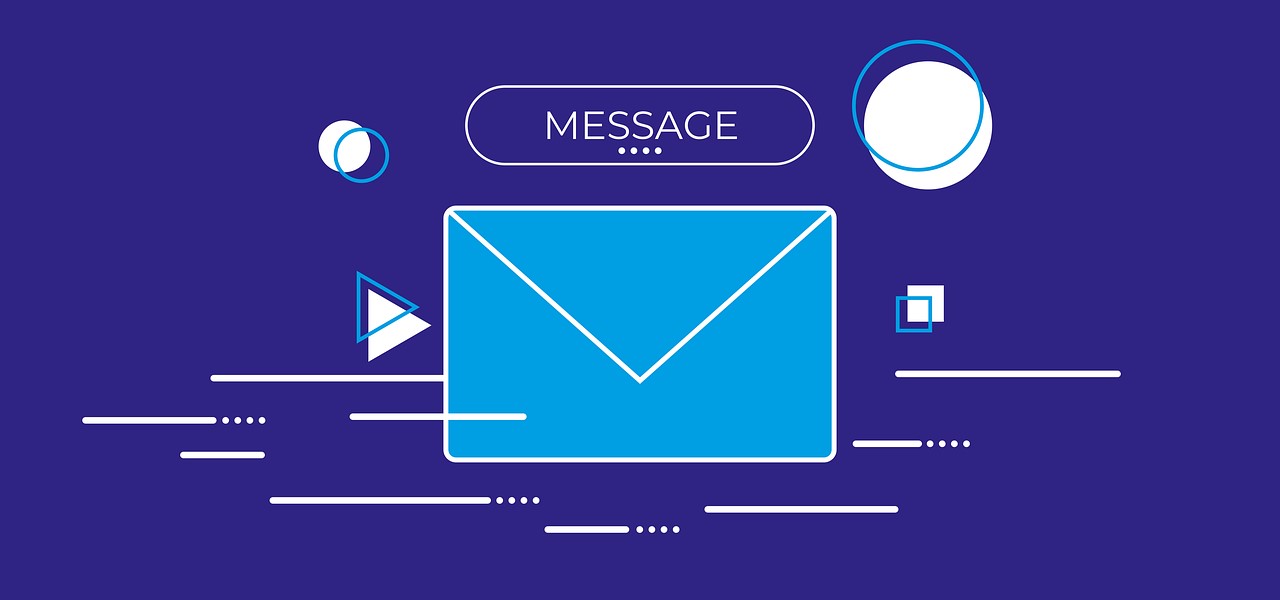
Written by Venturz Editorial Team, Marekting Experts
Category: Marketing and sales

If you're involved in email marketing, you may have heard the terms "hard bounce" and "soft bounce" before. But what do these terms mean, and how do they affect your email campaigns? In this article, we'll explain the differences between hard bounces and soft bounces, and provide some tips on how to avoid them and improve the deliverability of your emails.
Before we dive into the differences between hard bounces and soft bounces, let's first define what a bounce is in the context of email marketing.
In simple terms, a bounce is an email message that is not delivered to the intended recipient. This can happen for a variety of reasons, such as an incorrect or invalid email address, a full inbox, or a problem with the recipient's email server.
When an email bounces, it is typically returned to the sender with an error message. This message can provide some information about why the email bounced, and can help the sender understand what steps to take to avoid similar bounces in the future.
In the world of email marketing, it is important to understand the difference between hard and soft bounces. A hard bounce is an email that has been returned to the sender because it is undeliverable, while a soft bounce is an email that is temporarily returned to the sender because it is undeliverable.
Let's delve into the differences, examples and consequences of hard bounces and soft bounces.

A hard bounce occurs when an email that has been returned to the sender because it is undeliverable. This can occur for a variety of reasons, such as the recipient's email address being invalid or the recipient's mailbox being full.
There are several circumstances that can cause a hard bounce. Some examples include:
This can happen if the recipient's email address is incorrectly formatted or no longer in use.
If the domain of the recipient's email address does not exist, the email will bounce.
If the recipient's mailbox is full and cannot accept any new messages, the email will bounce.
Some spam filters will block emails that contain certain words or phrases, causing them to bounce.
The consequences of a hard bounce on an email marketing campaign can be significant. If a high number of emails are bouncing, it can indicate that the email list is outdated or inaccurate, and the campaign will be less effective.
In addition, a high bounce rate can also hurt the sender's reputation and may result in the sender's emails being blocked by spam filters in the future.

A soft bounce occurs when an email is temporarily returned to the sender because it is undeliverable. This can happen for a variety of reason for soft bounces, such as the recipient's mailbox being full or the recipient's mail server being down.
There are several circumstances that can cause a soft bounce. Some examples include:
If the recipient's mailbox is full and cannot accept any new messages, the email will bounce.
If the recipient's mail server is down or experiencing technical issues, the email will bounce.
Some email servers have size limits for incoming messages. If an email is too large, it will bounce.
Some spam filters will temporarily hold emails that contain certain words or phrases, causing them to bounce.
The consequences of a soft bounce on an email marketing campaign can vary. In some cases, a soft bounce may resolve itself and the email will be delivered at a later time.
However, if a high number of emails are bouncing, it can indicate that there are issues with the email list or the recipient's email server, and the campaign may be less effective.
In addition, a high bounce rate can also hurt the sender's reputation and may result in the sender's emails being blocked by spam filters in the future.
When an email bounces, it can have a negative impact on your email marketing efforts. Here are some of the ways that hard bounces and soft bounces can affect your campaigns:
When an email bounces, it can damage your sender reputation. This is because bounces are often seen as a sign of poor email quality or spamming. If your emails have a high bounce rate, it can hurt your ability to deliver future emails to the inboxes of your recipients.
A high bounce rate can also affect your email deliverability. Many email service providers and internet service providers(ISPs) use bounce rate as a factor in determining whether to deliver your emails to the inbox or to the spam folder. If your bounce rate is too high, your emails are more likely to be flagged as spam and sent to the spam folder, where they are less likely to be seen and acted upon.
Bounces can also impact your email engagement metrics, such as open rate, click-through rate and bounce rates. When a mail bounces, it is not delivered to the intended recipient, so it is not counted as an open or a click. This can make your engagement metrics appear lower than they actually are, which can make it difficult to understand the effectiveness of your campaigns.
Bounces can also impact the quality of your email list. If you have a high bounce rate, it's likely that your email list is full of invalid or inactive email addresses. This can make your email list less valuable, as it will be less effective at reaching your intended audience.

Here are some tips on how to avoid hard bounces and soft bounces rate, and improve the deliverability of your emails:
One of the best ways to avoid hard bounces is to verify the email addresses on your email list. This means checking that the email addresses are correct and valid, and that they belong to real people. You can use a tool like Never Bounce or Kickbox to automatically verify your email addresses and remove any invalid or non-existent ones.
Another way to avoid bounces is to clean your email list on a regular basis. This means removing any email addresses that have bounced, unsubscribed, or reported your emails as spam.
By removing these email addresses, you can improve the overall quality of your email list and reduce bounced email.
It's also important to monitor and analyze your email campaigns to understand why your emails are bouncing. Your email service provider should provide some analytics and reporting tools that can help you identify the reasons for your bounces, and take steps to fix them. For example, you might see that a high percentage of your emails are bouncing because of invalid email addresses, or because of a full inbox.
If you receive a soft bounce, you can often fix it by resending the email at a later time. This is because the reason for the bounce was temporary, and it may no longer be an issue when you resend the email. For example, if the recipient's inbox was full when you first sent the email, it may have some space available when you resend it.
If you continue to receive soft bounces, you may need to make some changes to your emails to avoid them. For example, you might try using a different subject line, sender name, or attachment. You could also try sending your emails at a different time of day, or to a different segment of your email list.
In conclusion, hard bounces and soft bounces are two common types of bounces in email marketing. A hard bounce is permanent and cannot be fixed, while a soft bounce is temporary and can often be resolved. Bounces can impact your sender reputation, delivery, engagement, and list quality, so it's important to avoid them and improve the deliverability.

ABOUT THE AUTHOR
Venturz Editorial Team
The Venturz Editorial Team is a group of experienced creators, product specialists, and business strategists dedicated to empowering entrepreneurs. We publish clear, actionable insights on business setup, growth, marketing, automation, and productivity — helping founders make confident, informed decisions as they build and scale their ventures.
or
Startup Events
Live Chat
